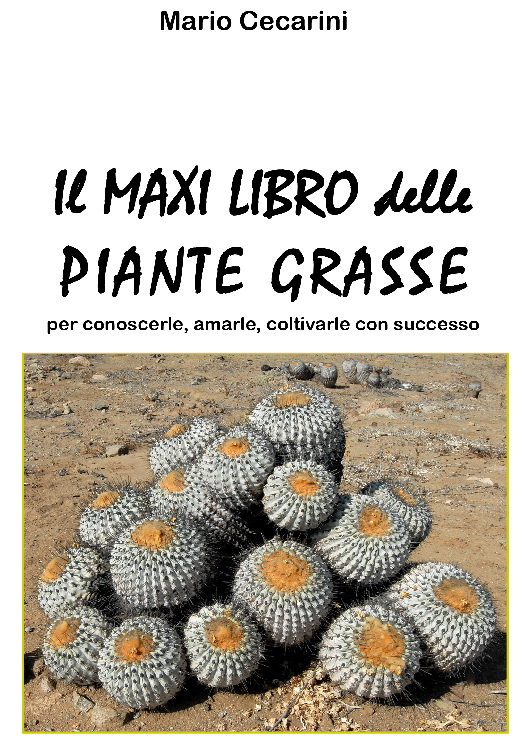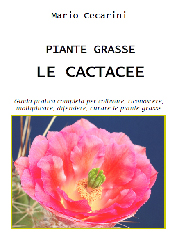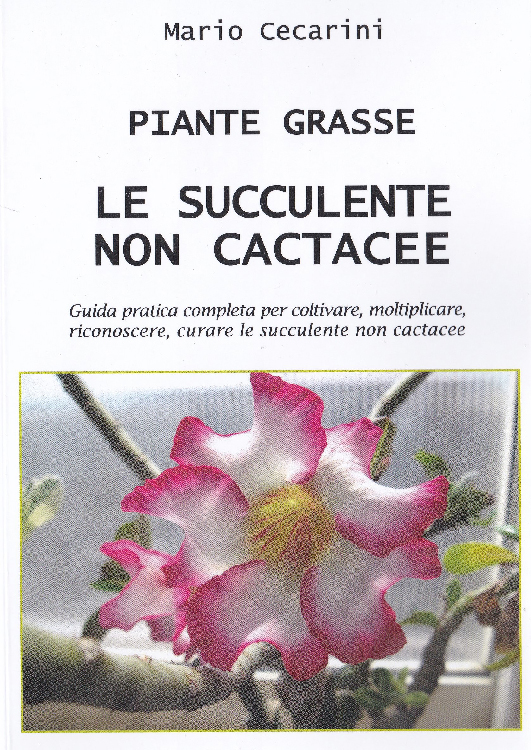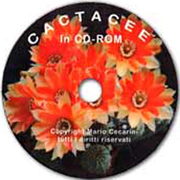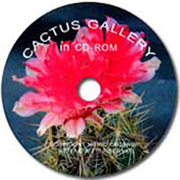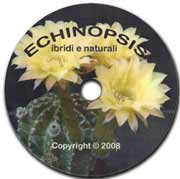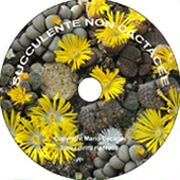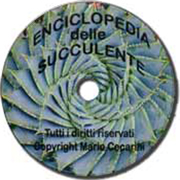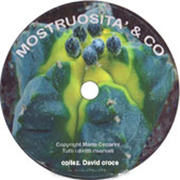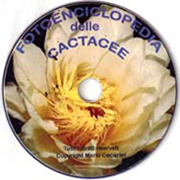Habitat: deserts of Mexico and Texas.
Description: this diverse genus, still lacking defined boundaries, comprises many different plants whose most evident common characteristic is the dense spination. The large, diurnal flowers arise from the areoles during the warm months. The stem colour may be from green to ligh gray. Formerly classified as Echinocatus, they are similar to Ferocactus.
Soil: 20% leaf mould, 20% garden soil, 50% lava or sand, 10% calcareous grit. In the wild they grow in chalky soil.
Location: they need plenty of sun in the summer in order to fully develop the large spines. Filtered light is best for young specimens.
Temperature: a minimum temperature of 4°C (39°F) is advisable.
Water: average.
Cultivation tips: easy but slow-growing; fertlise in the spring. Avoid overwatering since it may cause rot. They usually flower 6 or 8 years after sowing. Propagation is from seed or cutting. T. leucacanthus produces offsets.
Main species of Thelocactus: Thelocactus conothele, solitary, globular it needs a mineral mix and water from April to September every 15 days; Thelocactus setispinus; Thelocactus nidulans; Thelocactus bicolor; Thelocactus bueckii; Thelocactus lophothele; Thelocactus heterochromus; Thelocactus hexaedrophorus; Thelocactus leucacanthus; Thelocactus lloydii; Thelocactus hastifer, full sun, mineral mix, keep dry in the winter; Thelocactus macdowellii; Thelocactus rinconensis; Thelocactus tulensis.




